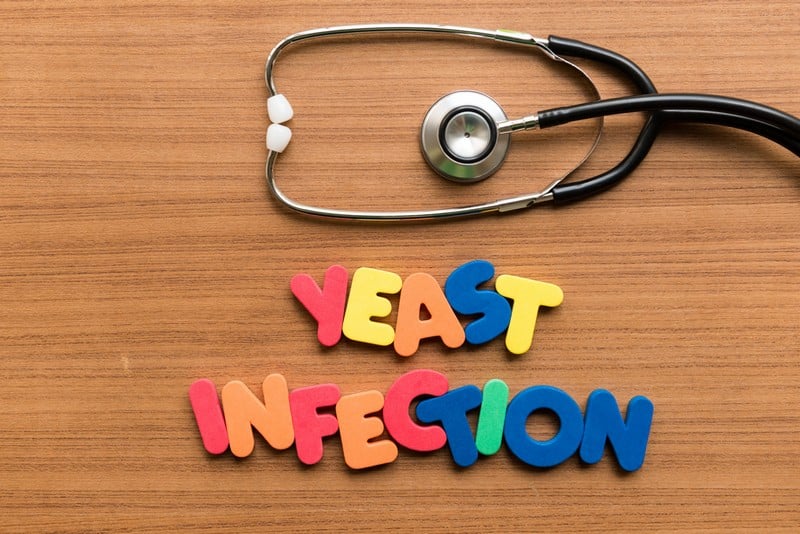The vulva, also known as the pudendum, is a collective term for all external female genitalia (the visible part of a woman’s sex organs). Most of the time, it’s perfectly healthy and painless. However, sometimes it can cause discomfort or other problems.
Vulvodynia is a general term for chronic vulvar pain not caused by an infection. It can be extremely debilitating, with pain lasting from minutes to hours or even days. The most common symptoms include burning, stinging, and rawness, but many other possible symptoms exist. You should always consult a physician in the case of chronic vulvar pain to rule out serious causes such as endometriosis, pelvic inflammatory disease, and vaginal cancer.
Some possible causes of vulvodynia include the following.
Recurrent Yeast Infections

Recurrent yeast infections often cause vulvar pain. Yeast infections can be caused by several things – wearing tight-fitting, non-breathable underwear, being overweight, using spermicidal lubricants, using scented soaps or feminine hygiene products, and not taking showers or baths regularly. But recurrent yeast infections can also cause vulvar pain as a side effect of their healing process.
The human body is full of bacteria that are either harmful or benign. Vulvovaginal candidiasis is an infection that occurs when the wrong type of bacteria and yeast start to grow on the body in locations where they don’t belong, in this case, in and around the vulva. The body’s immune system usually fights off these invaders before they have a chance to spread out of control and cause symptoms like vulvar itching and irritation.
Still, sometimes it doesn’t work at all or doesn’t work quickly enough, allowing the infection to start and reproduce itself until it gets too big for the immune system to handle. Once this happens, fungal cells can be released into the bloodstream and travel through the body to other organs, like the kidneys and heart.










